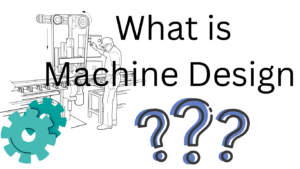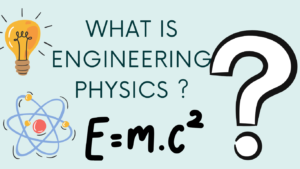An Internal Combustion (IC) Engine is a type of heat engine where the combustion of fuel occurs inside the engine’s cylinder. The high-pressure gases generated from the combustion process directly move the engine’s components, such as pistons, to produce mechanical power. These engines are widely used in automobiles, motorcycles, generators, and industrial machinery.
Types of IC Engines
IC engines can be classified based on various parameters, including fuel type, ignition method, and working cycle.
1. Based on Fuel Type:
- Petrol Engine (Gasoline Engine): Uses petrol as fuel and operates on the Otto cycle.
- Diesel Engine: Uses diesel as fuel and operates on the Diesel cycle.
- Gas Engine: Uses gases like natural gas, LPG, or CNG as fuel.
- Dual-Fuel Engine: Can run on two types of fuel, such as diesel and gas.
2. Based on Ignition Method:
- Spark Ignition (SI) Engine: Uses a spark plug to ignite the air-fuel mixture (e.g., petrol engines).
- Compression Ignition (CI) Engine: Relies on high compression pressure to ignite fuel (e.g., diesel engines).
3. Based on the Number of Strokes:
- Two-Stroke Engine: Completes a power cycle in two strokes of the piston (e.g., chainsaws, motorcycles).
- Four-Stroke Engine: Completes a power cycle in four strokes of the piston (e.g., cars, trucks).
4. Based on Cylinder Arrangement:
- Inline Engine: Cylinders arranged in a straight line.
- V-Engine: Cylinders arranged in a V-shape.
- Flat Engine: Cylinders arranged horizontally in an opposite manner.
- Radial Engine: Cylinders arranged in a circular pattern around the crankshaft.
5. Based on Cooling System:
- Air-Cooled Engine: Uses air to dissipate heat.
- Water-Cooled Engine: Uses liquid coolant to maintain temperature.
Future of IC Engines
With the growing concerns about environmental pollution and the global shift towards sustainable energy, the future of IC engines is evolving in the following ways:
1. Electrification and Hybridization:
- The rise of electric vehicles (EVs) is reducing the dominance of IC engines.
- Hybrid vehicles use a combination of IC engines and electric motors for better efficiency and lower emissions.
2. Alternative Fuels:
- Biofuels, Hydrogen, and Synthetic Fuels are being explored as alternatives to petrol and diesel.
- CNG and LNG-powered engines are gaining popularity for being cleaner-burning fuels.
3. Efficiency Improvements:
- Advanced combustion techniques like Homogeneous Charge Compression Ignition (HCCI) and Turbocharging are enhancing fuel efficiency.
- Variable Compression Ratio (VCR) technology helps optimize performance.
4. Stricter Emission Regulations:
- Governments worldwide are enforcing strict emission norms (e.g., Euro 6, BS6) to reduce harmful pollutants.
- Engine manufacturers are investing in exhaust gas after-treatment technologies like Selective Catalytic Reduction (SCR) and Diesel Particulate Filters (DPF).
5. Decline in Demand for IC Engines:
- As battery technology improves, EVs may replace IC engines in passenger vehicles.
- However, IC engines will continue to be used in heavy industries, aviation, and maritime transport for the foreseeable future.



